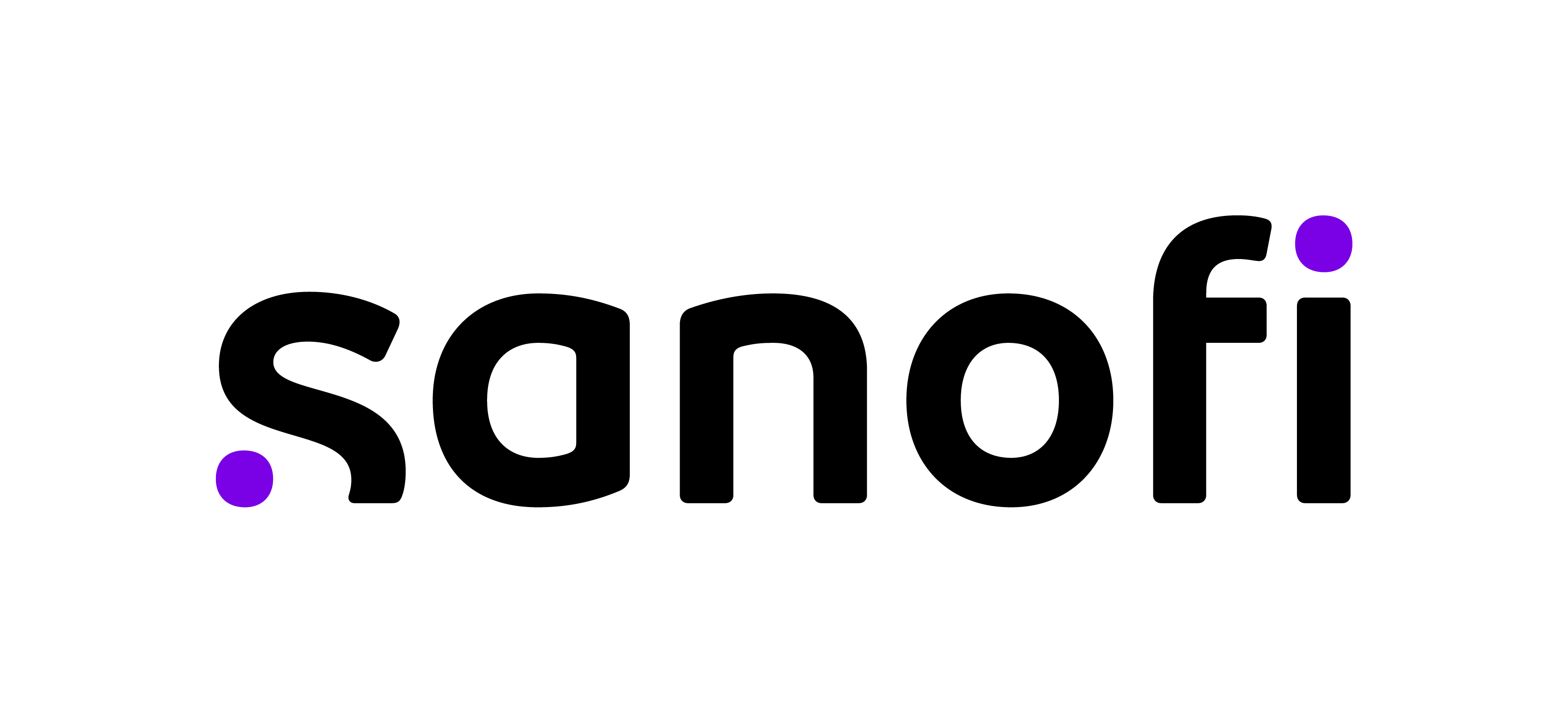If you are struggling with time-consuming, error-prone and manual processes, low-code platforms could be the right solution for you. In contrast to traditional development, you don’t need coding skills to begin using business process automation. In this blog post, you will read about five typical use cases in which you can use a low-code solution to automate your business processes.
What is digital process automation (DPA)
Let’s start with a definition.
Digital process automation consists in applying technology to streamline repetitive, manual tasks or processes in an organization with the aim of minimizing costs and increasing efficiency. DPA is critical now when a lot of companies are opting for digital transformation. They want their employees to work smarter. Therefore, routine tasks should be automated as much as possible so that employees can focus on business-critical ones.
According to research conducted by Unit, office workers worldwide spend 69 working days doing administrative tasks, which cost companies $5 trillion annually. This data shows that the space for process optimization is indeed enormous.
How low-code platforms can help with digital process automation
If you are looking for the right solution that can help you with digital process automation in your organization, low-code platforms are the right choice. They allow you to build even the most complex business apps and workflows using the drag and drop function in an intuitive UI. You don’t need coding skills. Low-code solutions:
- Allow you to automate manual tasks and streamline day-to-day operations.
- Enable citizen developers to build apps and automate workflows.
- Reduce the cost of developing new tools and solutions.
- Shorten the time-to-market period for new functionalities.
Now, let’s see some typical business use cases for low-code development.
Use Case #1: Master data management
Data quality is a key factor for companies that want to embrace digital transformation. Implementing new technologies and business process automation require that different types of data be collected from many sources and analyzed. Automated processes and analysis work smoothly if the data are correct, allowing companies to move to a higher level and get an invaluable competitive edge. Therefore, one of the main challenges for companies in the digital transformation process is to ensure the high quality of their data.
Yet, the process of gathering data is very often entirely manual. The Master Data Team collects information from different departments (productions, logistics, warehouse, accounting, sales, marketing etc.) and enters it into different systems. The entire process of data collection is handled using spreadsheets, where the people responsible from various departments enter the requested data.
However, such a process is error-prone and greatly depends on the Master Data Team members who can coordinate it. If somebody makes a mistake when entering data, it is difficult to spot it. If a team member responsible for a given stage is out of office, the entire process often come to a stop.
Low-code platforms offer tools that can streamline master data management processes. You can use a low-code solution to design the entire workflow, its stages and people responsible. When creating the stages, you can request that specific data be entered, e.g., from the sales or logistics department. The system will also validate the data entered and will not allow it to go on to the next stage if they are incorrect or incomplete. Additionally, you can add e-mail notifications, for example, for every person involved in the process.
A sample process automated with a low-code solution could be as follows.
A process could be triggered by the R&D department introducing a new product. The AI algorithm fills in most of the data based on older products. The product parameters that have been changed are entered by appropriate persons manually at the next stage. The AI algorithm could also help the sales department set a price for the new product by analyzing data on similar products in time and their sales trends.
As soon as all the data have been filled in and validated, a the
Robotic Process Automation (RPA) mechanism creates a new product in the legacy system. Information is then sent to integrated CRM or e-commerce systems in order to modify offers.
Read more on low-code development:
Unleash your superpowers with new Power Platform AI capabilities
Is low-code development a panacea for the tech talent shortage in 2023
Hyperautomation—an emerging technology trend for 2023
Power Automate flow with Teams: how to optimize the approval process
How to build a customer service chatbot with Microsoft Power Virtual Agents
Low-code app development—a trend for 2022
AI Builder–artificial Intelligence for knowledge workers
Microsoft’s Power Virtual Agents: for highly capable chatbots
How you can streamline your business process with Power Automate
What is Microsoft Power Platform—an overview of the main features
Use Case #2: Internal purchase process
Virtually every company makes a lot of purchases (hardware, goods, raw materials etc.). Purchasing raw materials is especially important for production companies. They need to place orders according to a precise schedule to ensure that enough materials for production are received in time and minimalize storage time in warehouses. The sales department needs to prepare a sales plan based on the production output. Finally, the marketing department needs to prepare promotion plans.
The entire process is complex and time-consuming, and requires a lot of data to be collected from various departments. Additionally, many members of the management team must approve specific purchases (e.g., raw materials of high price).
An internal purchase process is a great use case, in which you can benefit from the possibilities offered by low-code platforms. You can create a workflow and define stages or data that must be filled in at every step. Based on historical (e.g., from an ERP system) or current data (sales, production, inventory, etc.), an AI prediction mechanism could suggest ordering specific raw materials for a specific delivery date through an appropriate dashboard.
Once such a proposal is implemented and calculated, the system will send it to specific managers for approval based on the amount to be paid. When the order has been approved, employees from other departments will receive notifications concerning the planned delivery time. Based on this information, they will be able to determine future stock levels and schedule production and sales processes accordingly.
Use Case #3: Central repository of legal contracts
Modern companies usually have several partners, contractors and subcontractors. Cooperation with them is set out in legal contracts. The entire process of preparing such contracts, discussing details and doing all of the paperwork takes a lot of time and effort. Once a contract has been signed, it is sent to the administration office or the people responsible for it. And it is forgotten.
A problem arises when you need to find a given contract. As there is no central repository, it takes a lot of time to find a given contract. Additionally, after some time, nobody remembers what steps were required to prepare and sign this particular (or any other) contract. So, when a similar contract needs to be drafted, you have to reinvent the wheel.
Low-code platforms can be beneficial here. In a short time span, you can build a responsive application that will allow persons responsible for preparing contacts for clients to register a new contract via a mobile app or website. The business process will guide employees through all of the steps needed to finalize, i.e., sign the contract.
For example, depending on the contract value, you can send it to be approved by higher management or accept it automatically. You can also configure e-mail notifications or allow users to perform actions using the e-mail system. Analytical tools will allow you to show a report related to the cooperation with this particular client to-date together with actual and planned revenue
The application will allow you to share comments on documents, keep track of their versions, and save the history of communication across company departments. If a low-code platform is integrated with a CRM system, you will be able to check the client’s status. It is also possible to create alerts that send automated notifications about expiring contracts that require specific actions to be taken.
Use Case #4: Checking product merchandising in local retail stores
Companies that sell their products in local retail stores need to check how their products are displayed or, in other words, control their merchandising. To do so, companies send their representatives to local stores. Company representatives fill in reports and attach photos to confirm that the merchandise is correctly displayed. Company managers then verify these reports.
The entire process is very time-consuming and error-prone. Additionally, unfair representatives could upload a photo from a previous visit at a given store to confirm that they checked everything.
But what if we could build a simple mobile app to allow company representatives to take a photo of displayed merchandise and add a short description of the store. The system would then automatically check the location the photo was taken, its date and compare it with the data for a given store entered in the ERP system. Next, an AI-based model would compare this photo with the pattern of how the products should be merchandized or check their quantities. If any discrepancies are found, the app will send the pictures for manual verification.
Such an app can be built easily using a low-code platform.
Use Case #5: Onboarding of new employees
The next use case for low-code platforms is the onboarding of new employees. This is often a time-consuming process, in which you need to collect lots of documents, prepare presentations and training sessions, assign tools and hardware, etc. It usually involves several departments, including HR (where it is initiated) and IT (which provides hardware and software), etc.
Unfortunately, in many companies, this process is handled manually, resulting in errors and lack of communication across various departments responsible for specific tasks. Low-code solutions allow you to design a process in which the completion of every step will be monitored, and a new employee get the resources needed.
A sample process could look as follows. The onboarding process is initiated in the HR department by entering a new employee’s data (name, surname etc.) and assigning him/her to an appropriate department. This automatically triggers a task assigned to a manager that needs to define what resources are needed for a new employee in his/her role. The next stage (hardware, credentials to internal IT systems, creating accounts) is completed by the IT department. The accounting department can then create an account for the new employee. Finally, when all of the documents have been collected by an RPA mechanism, a new folder is created for new employees in the HR system.
Similarly, you can automate the process of terminating employment contracts. Usually, this requires filling in various forms and getting them signed. This process is time-consuming and error-prone. It could happen that IT accounts remain active even though an employee had already left the company some time ago. It also costs money, as the company is paying for licenses that are not effectively used.
Final thoughts
As you can see, low-code platforms can be used in many business scenarios. You can automate virtually any process in your organization. The only limitation is your creativity.
There is also another thing you need to consider. Technology plays an important role in digital transformation, but not a critical one. According to Gartner, 87% of business leaders say that digitalization is their company’s priority, but only 40% of organizations have implemented digital processes at scale. The gap between aspirations and reality is even more significant among companies that opt for digital transformation. This is clear evidence that, above all, you need to define a good strategy for digital transformation and build a process-based organizational culture. Without taking these steps, even the most advanced technology will not solve your problems.














